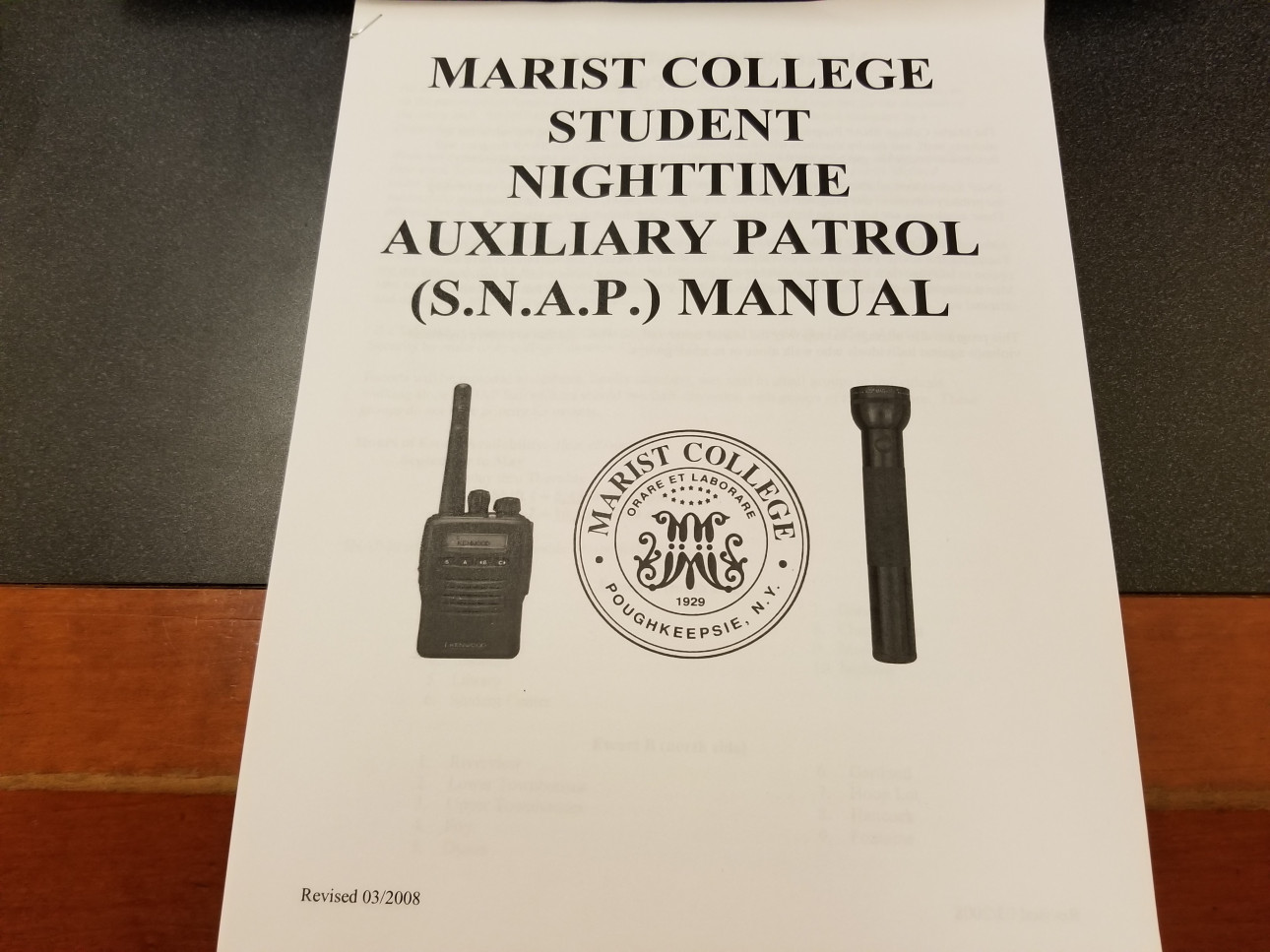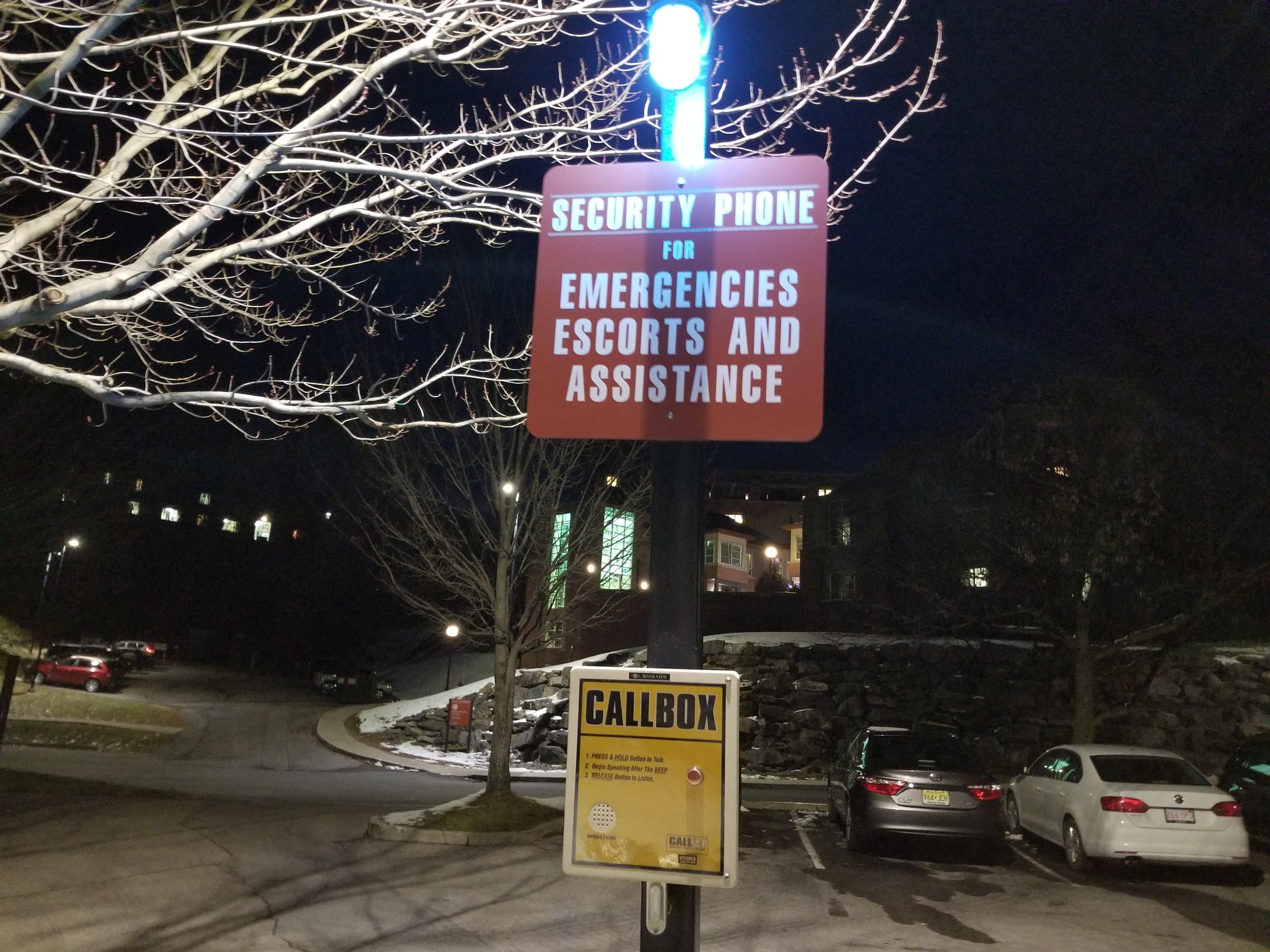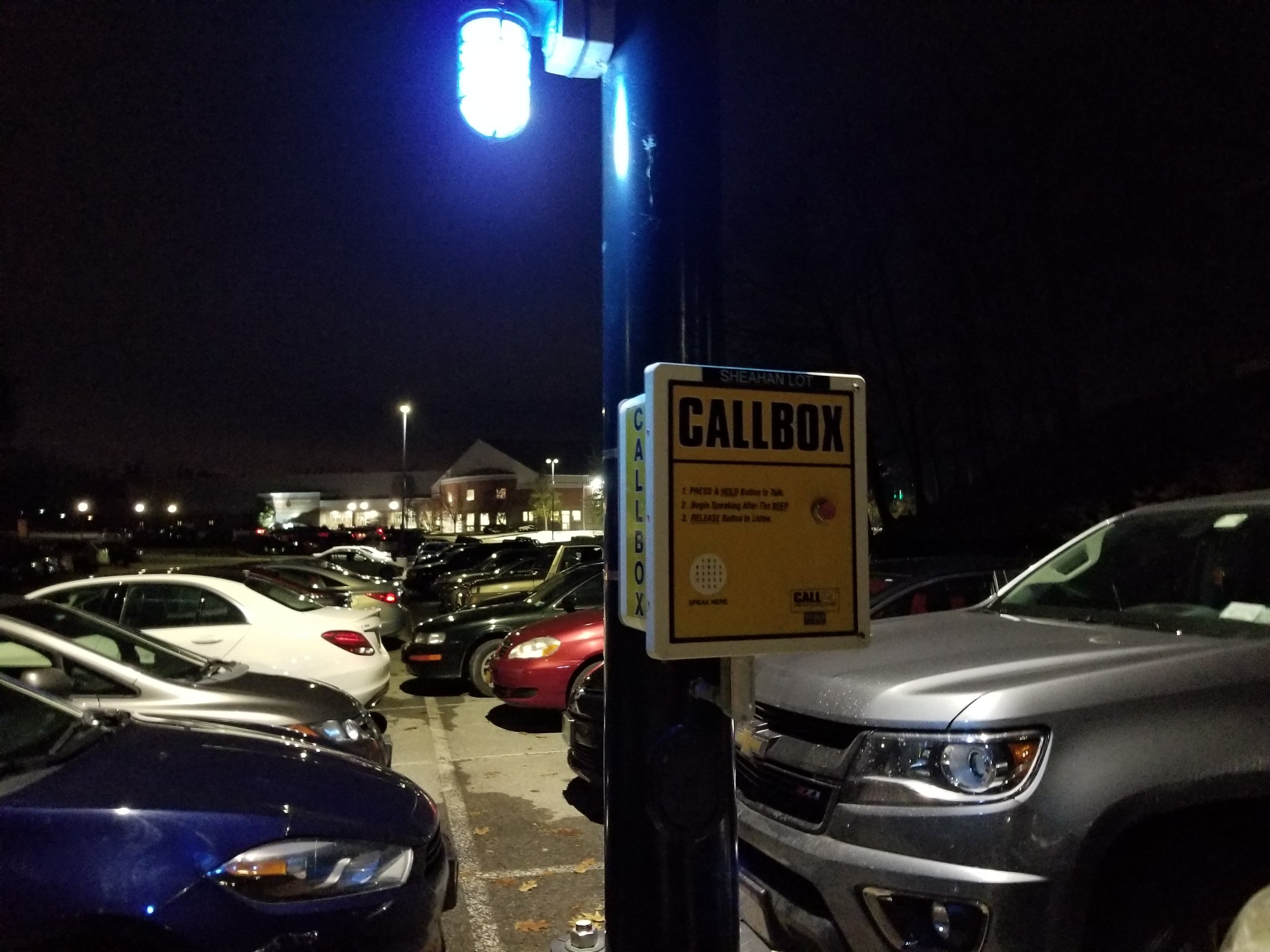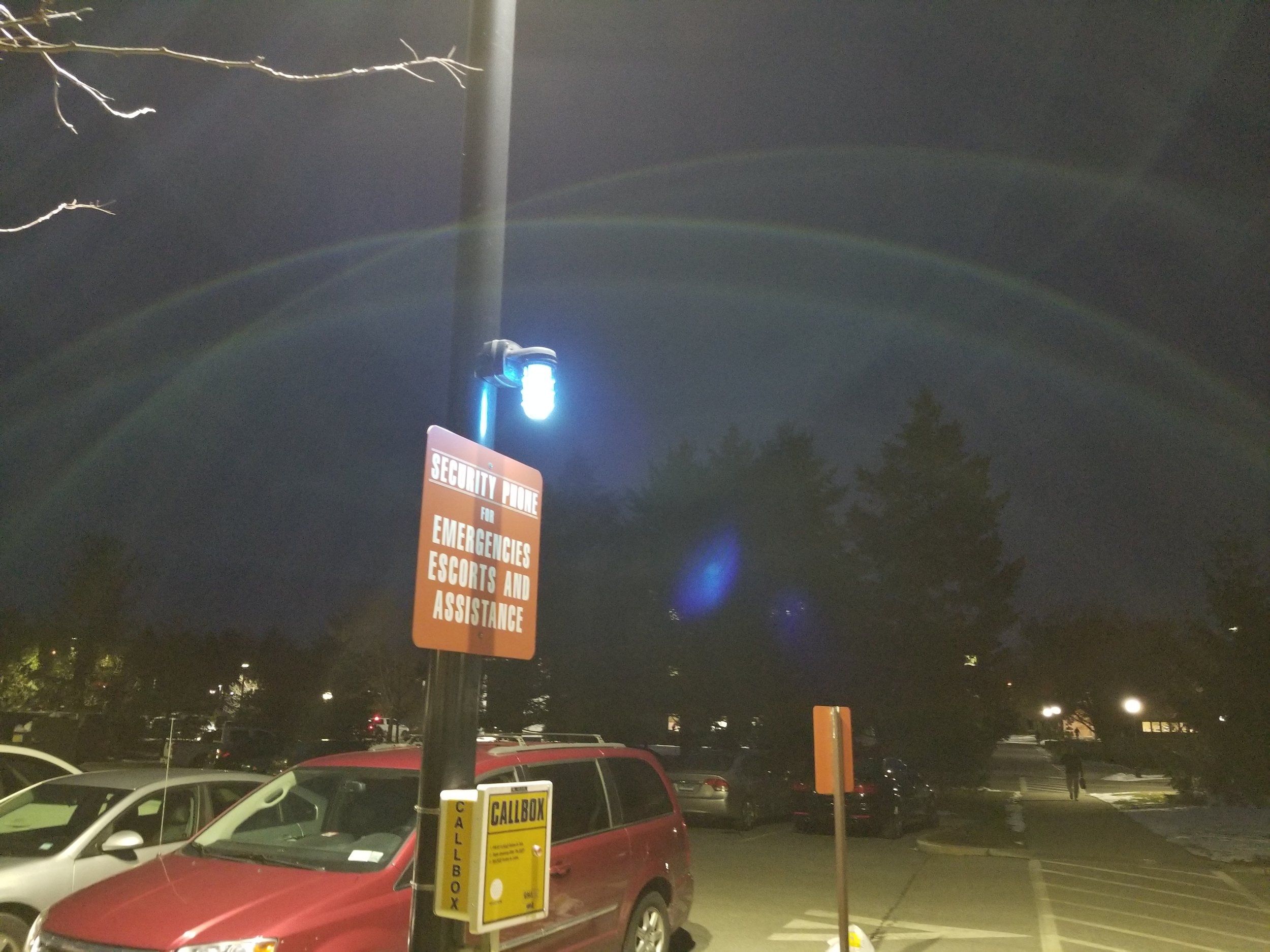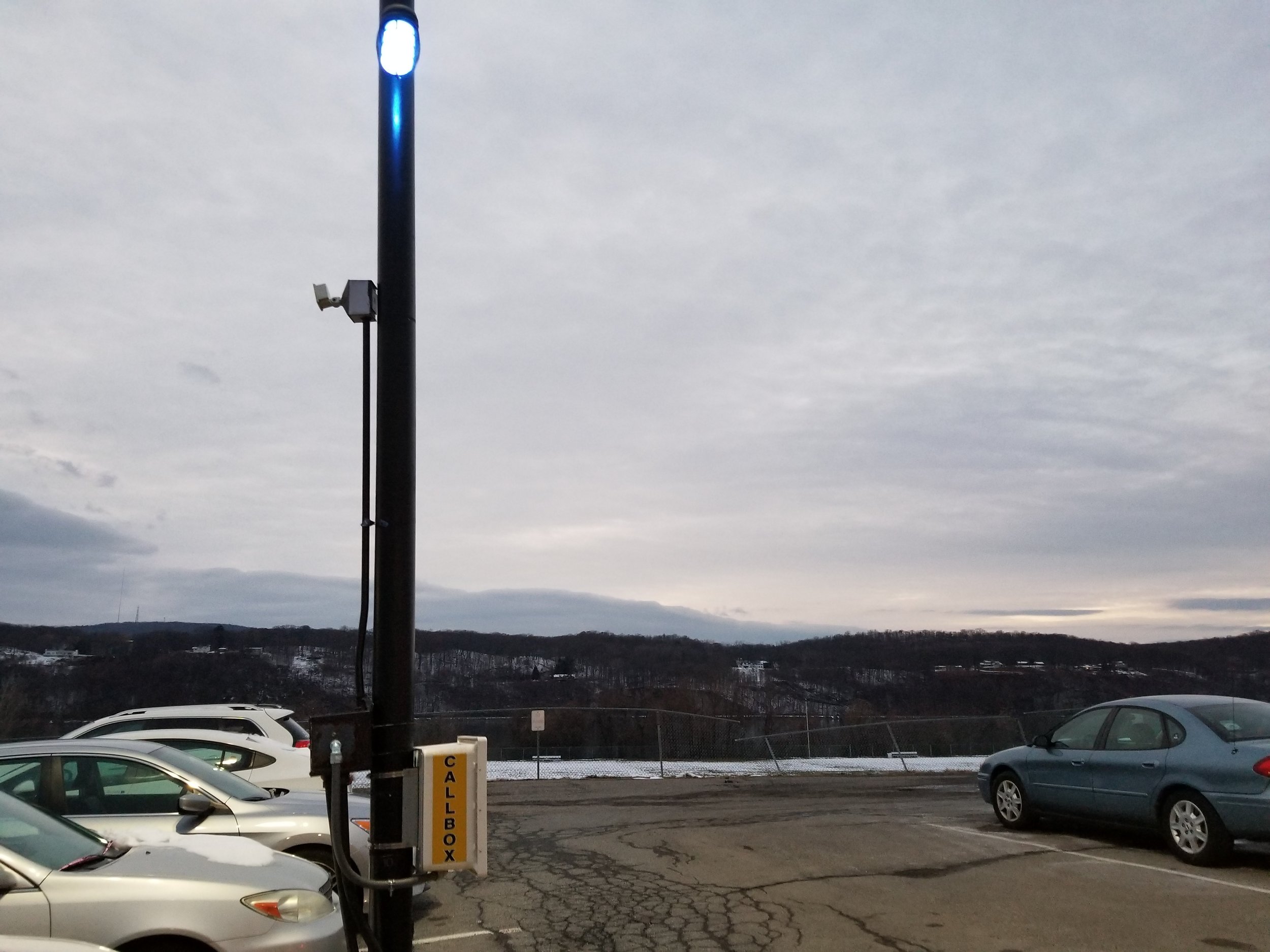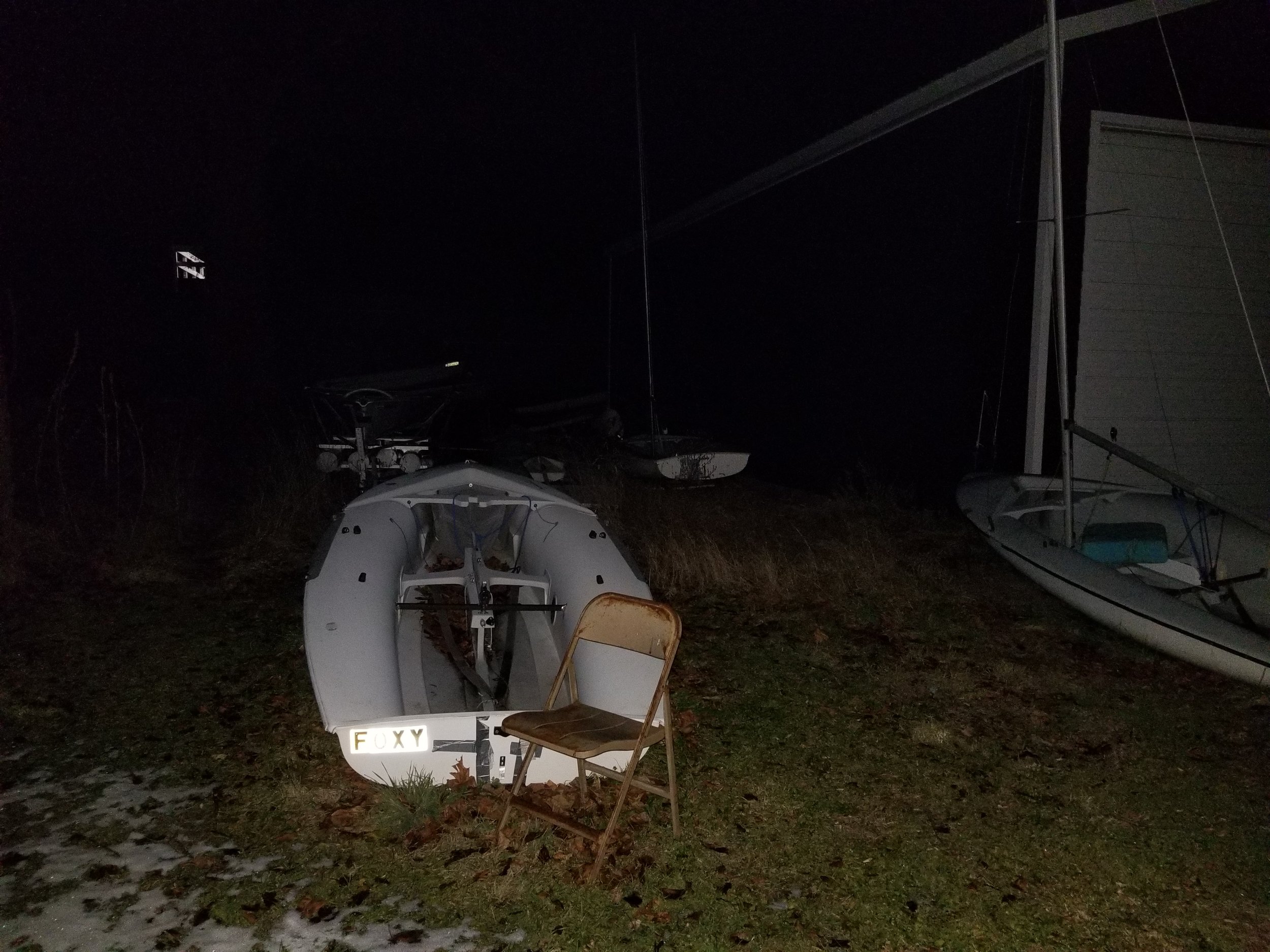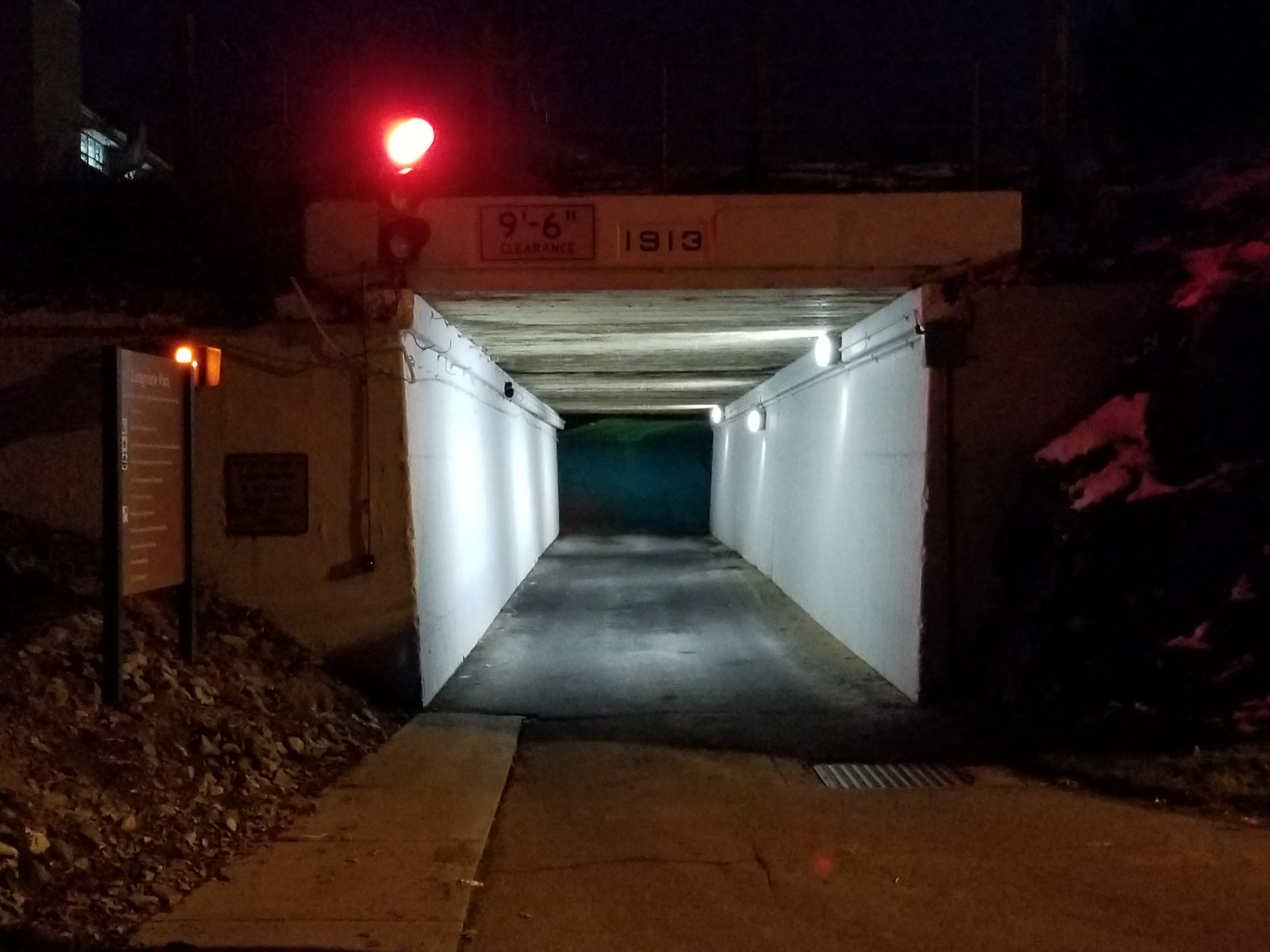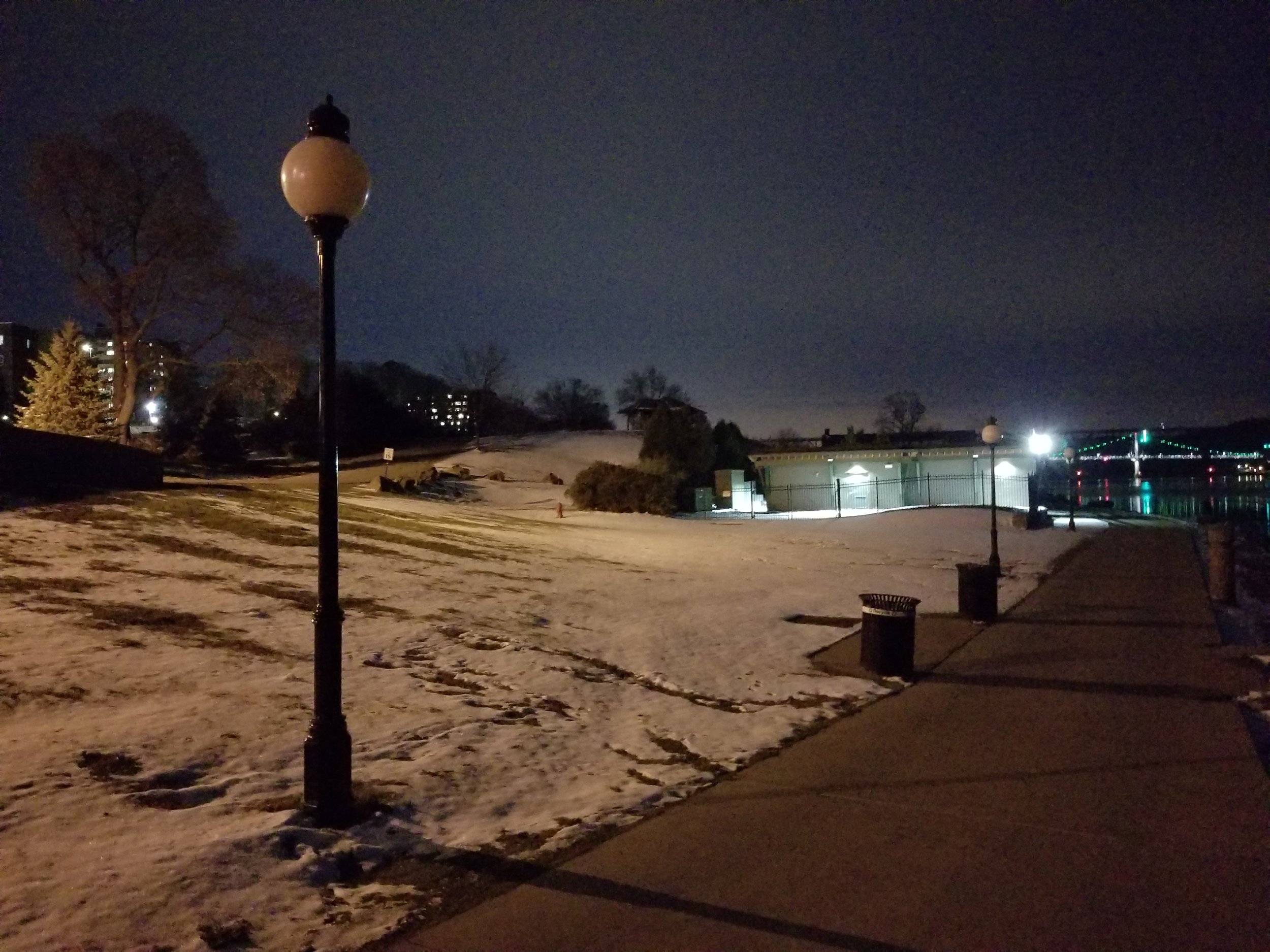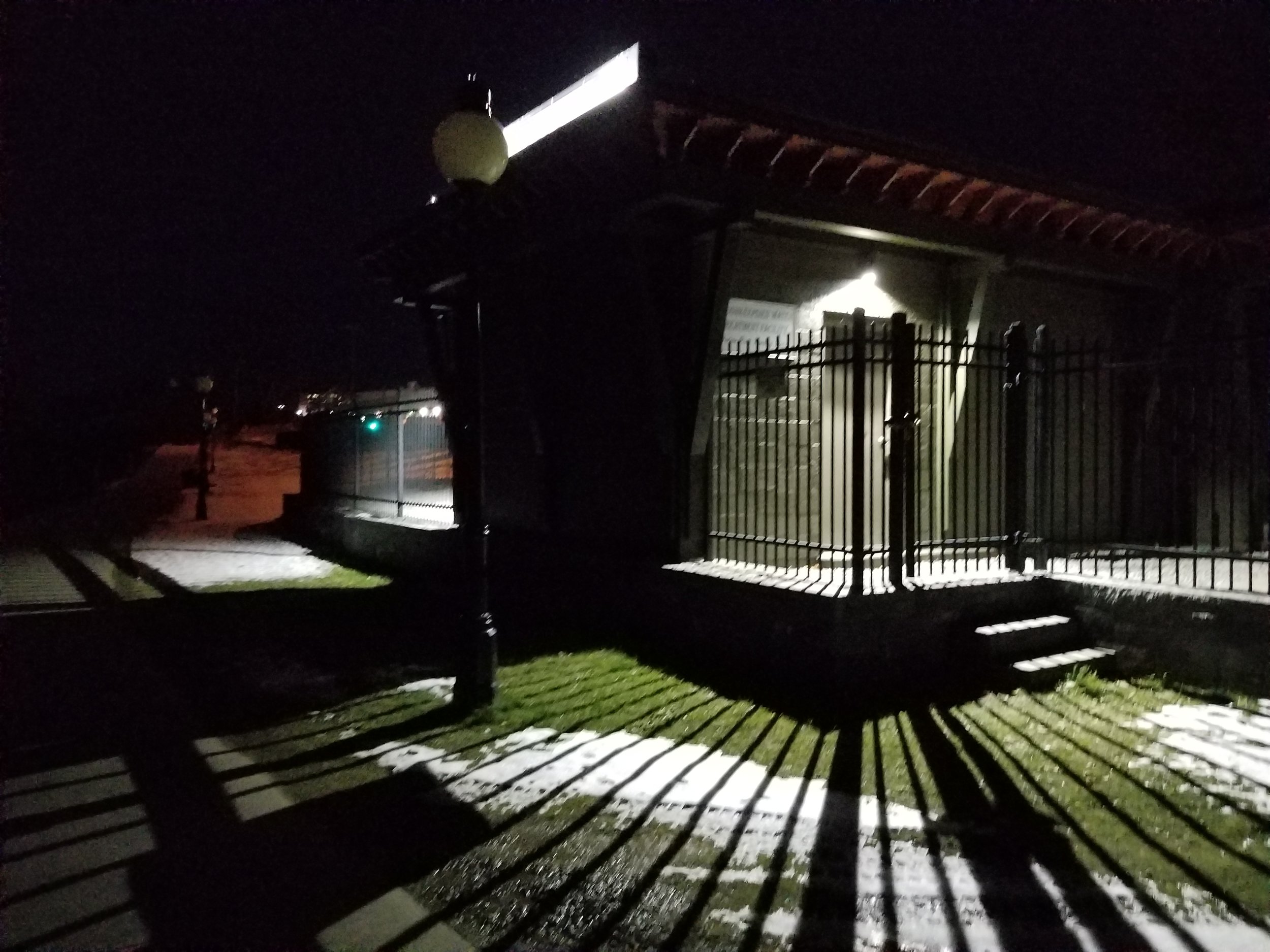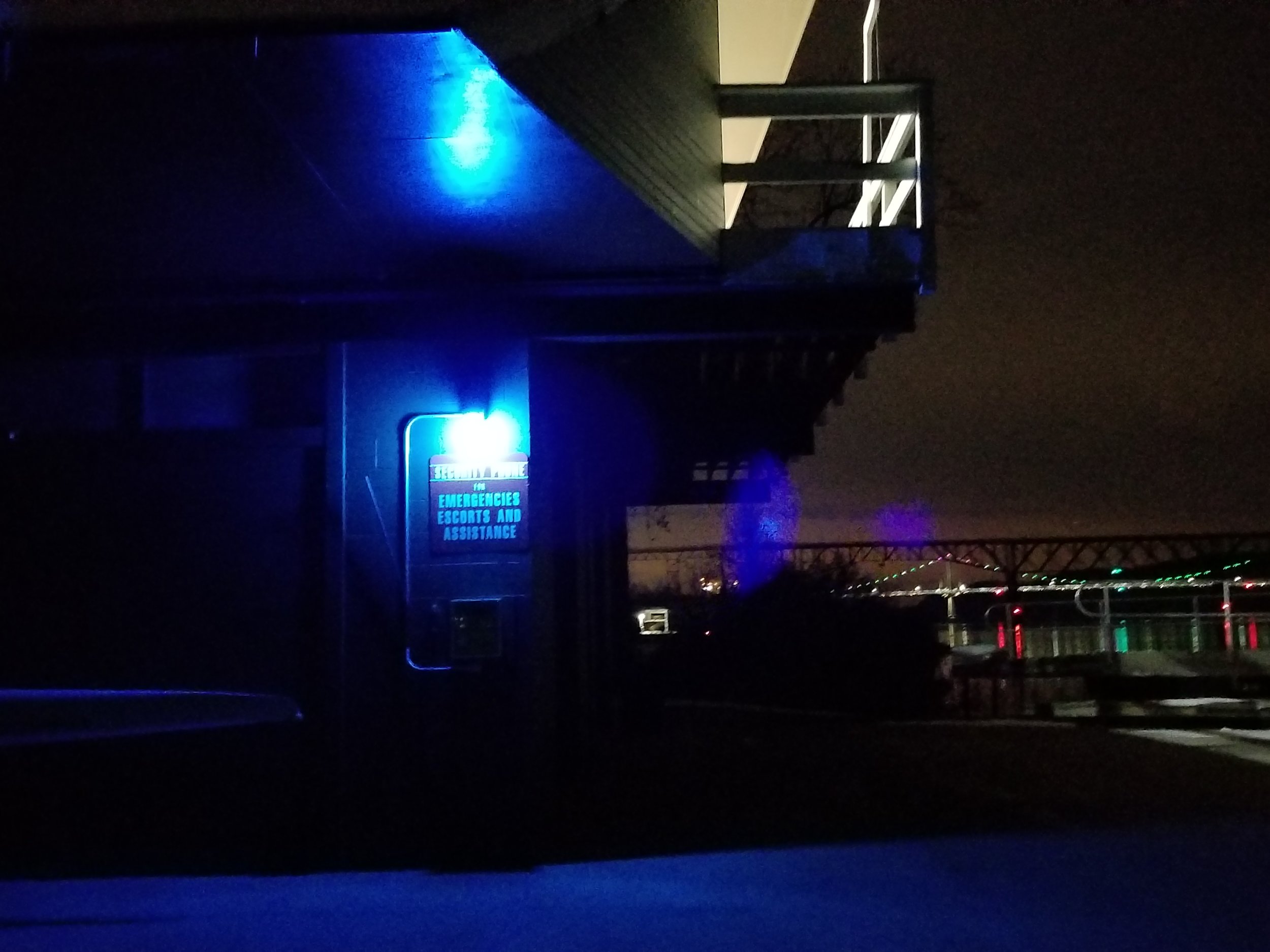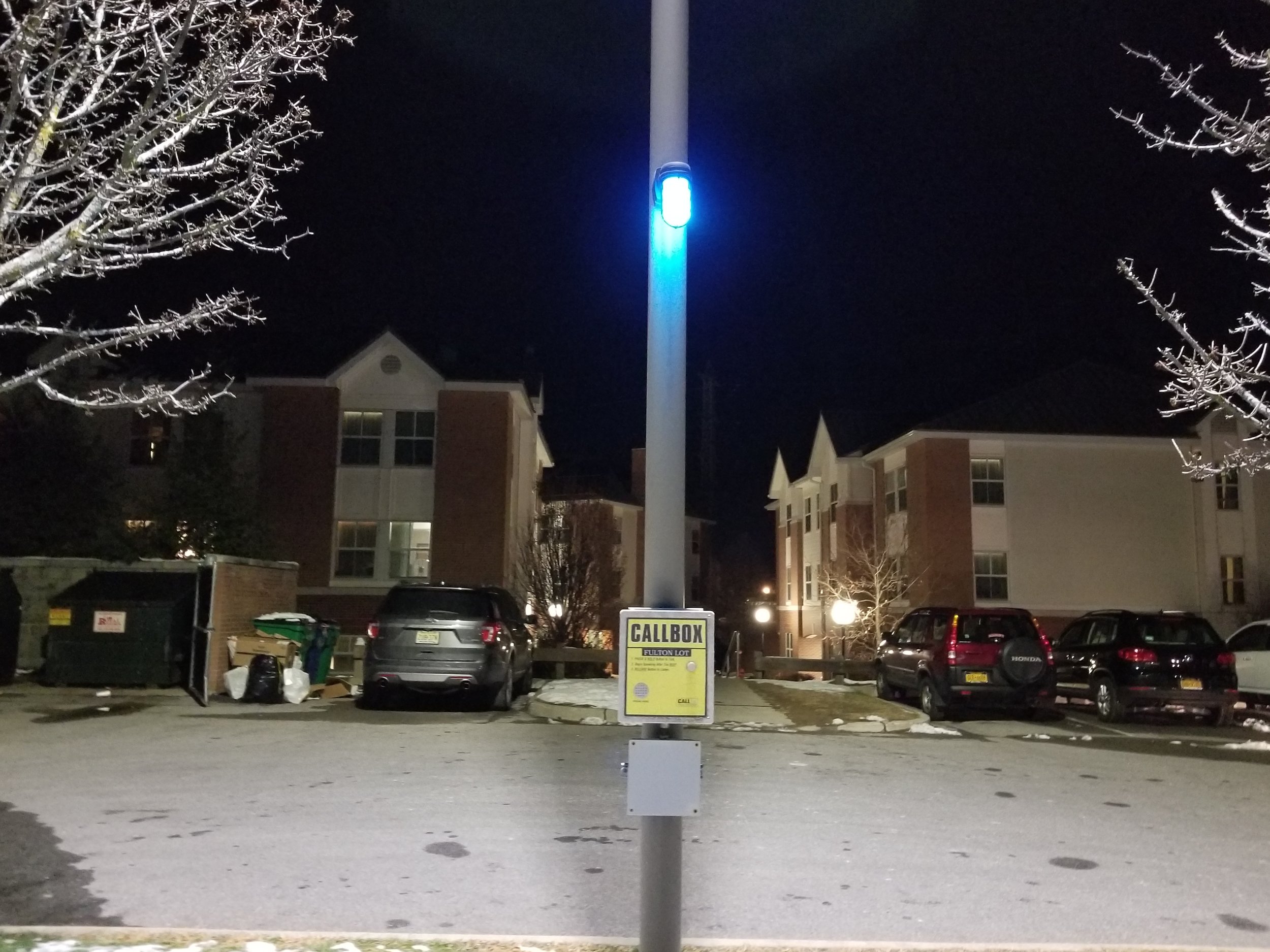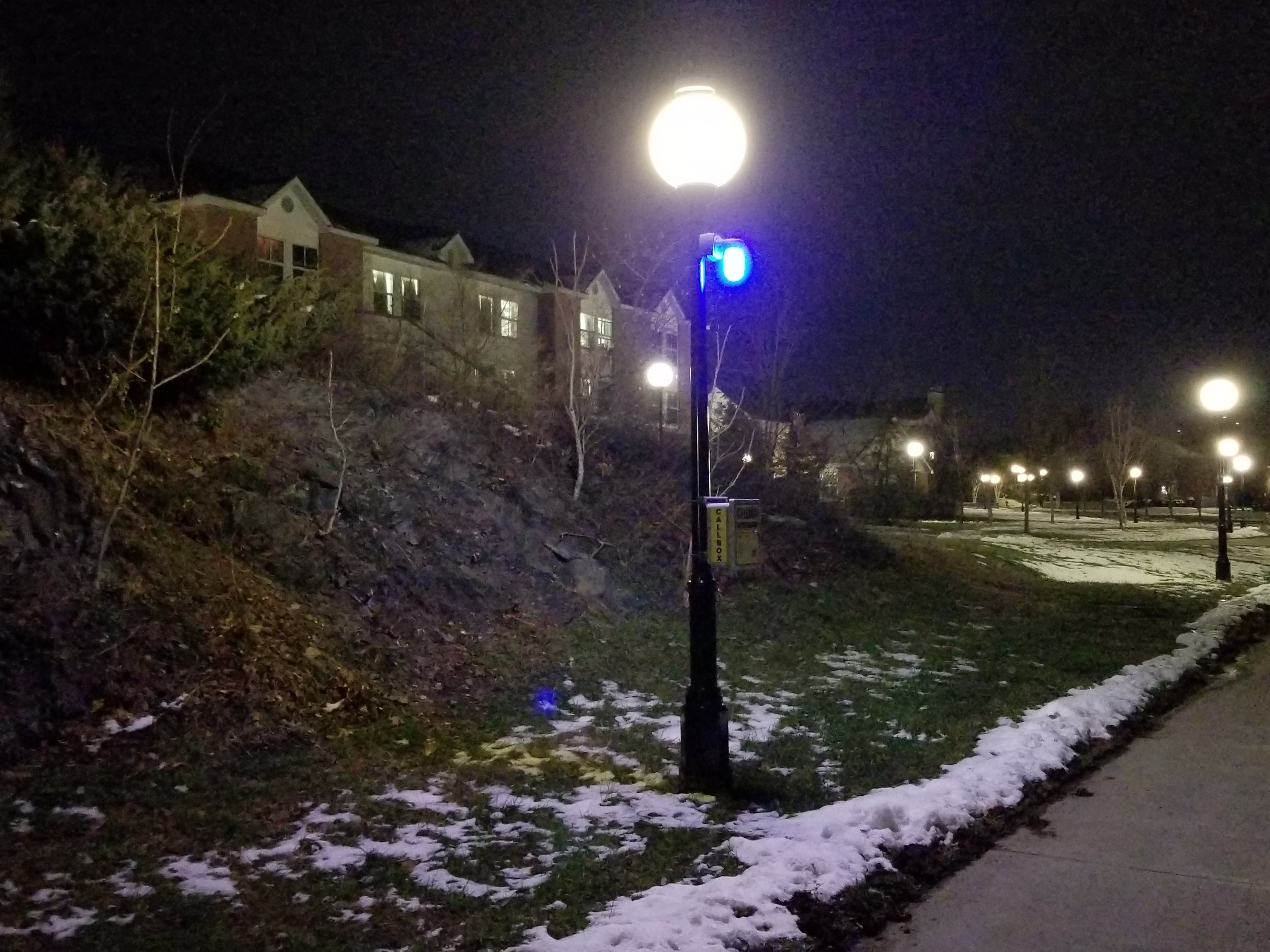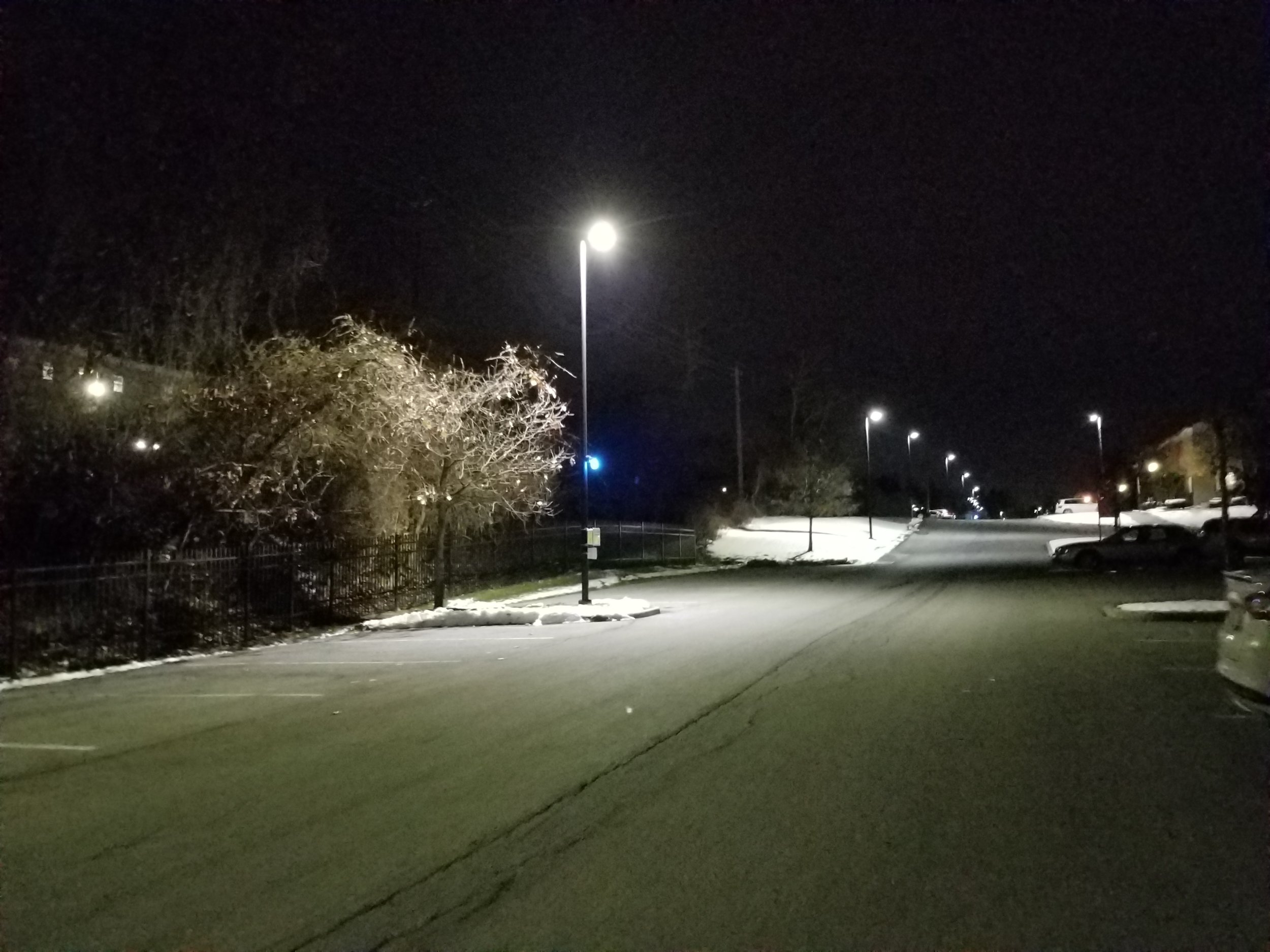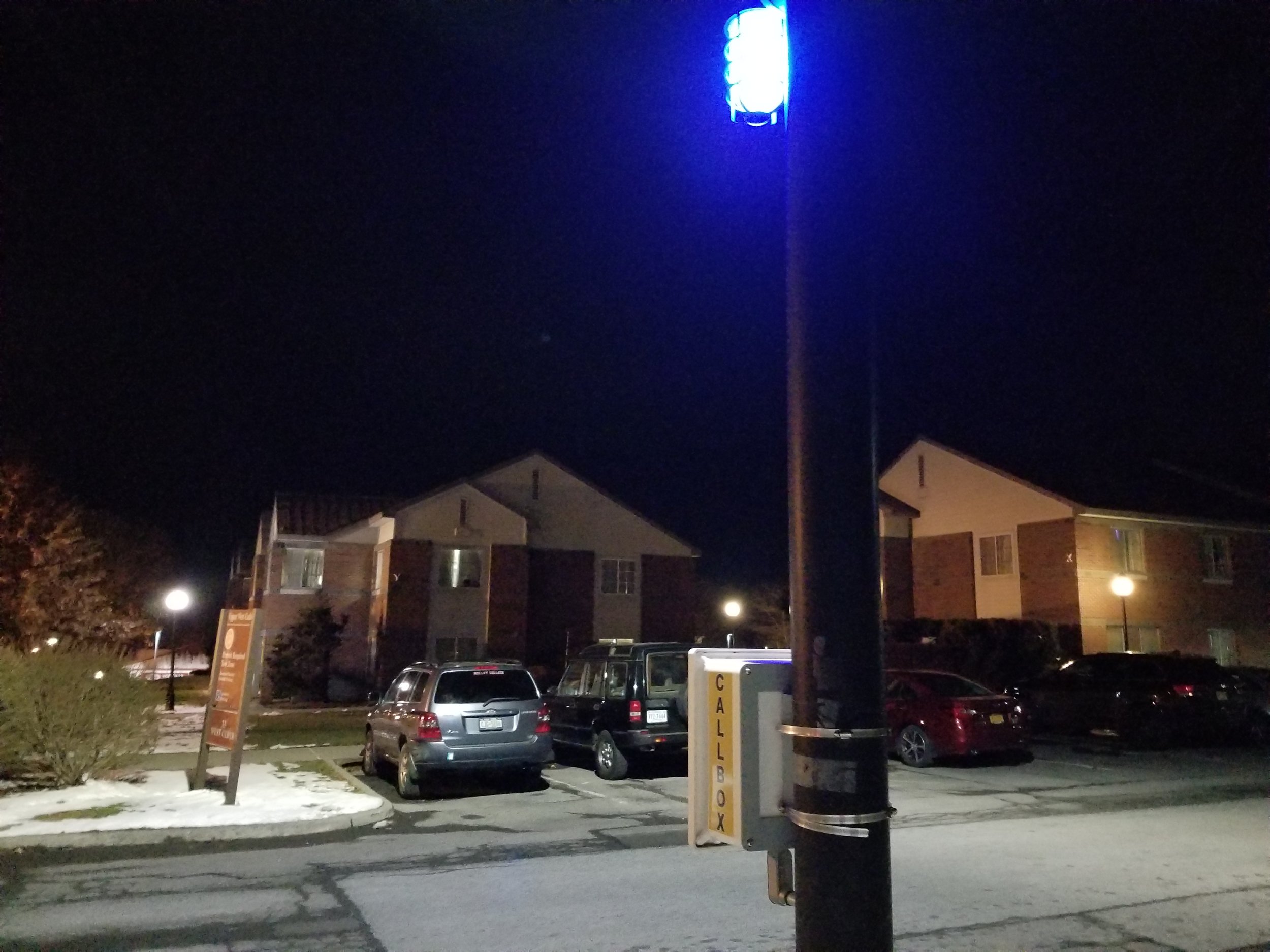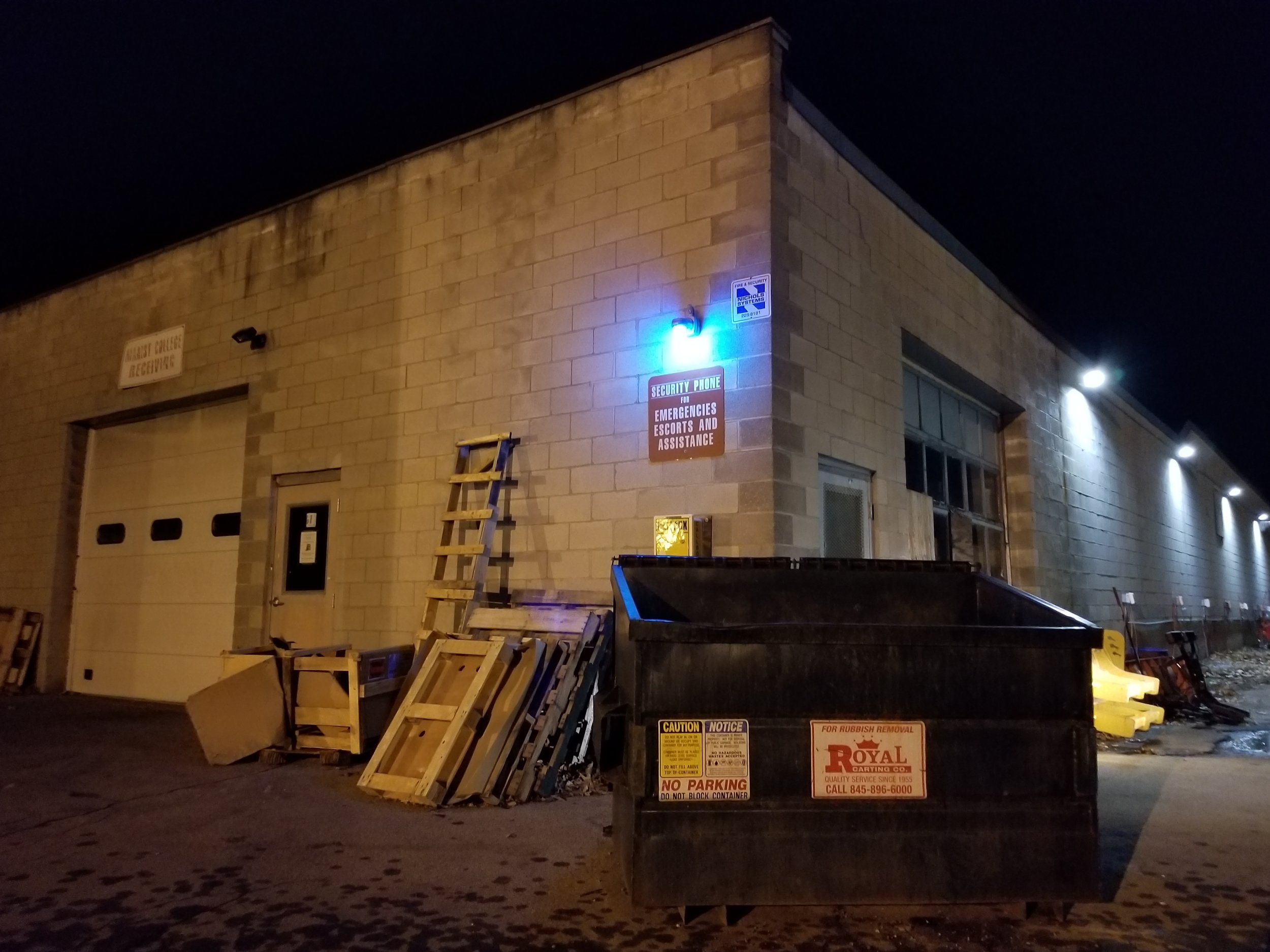Marist is Not Excluded from Rape, Sexual Assault
By Luke Carberry Mogan
Originally published in The Red Fox Report on December 17, 2017
When Marist’s Office of Safety and Security published its 2014-2016 crime report this semester, students were shocked to discover the following statistics that took place over those three years: 12 total rapes, one fondling, three aggravated assaults, one domestic violence case, and seven dating violence incidents.
Students who sought out this information were shocked, but based off the lack of observable student activism or discussion, a large majority of students remain unaware of these statistics.
A total of 1,371 liquor law violations and 208 drug abuse violations were also recorded on Marist property. These current statistics come after an increase in every offense from the 2011-2013 crime report (a review of the crime report can be read here).
Tunnel to Hudson River Docs, Riverside. (Photo courtesy of Luke Carberry Mogan).
For comparison, according to Penn State- University Park’s crime report for 2014, 15 rapes, 11 fondlings, eight aggravated assaults, one domestic violence case, 13 dating violence incidents, 676 alcohol violations, and 315 drug abuse violations happened in that year alone.
Proportionally, Penn State- University Park has a student body roughly seven times larger than Marist’s. By following that logic, any total crimes reported on Marist property should be happening at 1/21 the frequency of Penn State per year. But they are not. Four rapes consistently occurred on campus each year from 2014 to 2016. And those are just the ones reported.
Sexual assault and rape on college campuses was almost thought to be a product of large, party schools with successful football teams and vibrant Greek lives. Small schools, private schools, even the schools with not so great football teams are not excluded from this. No schools are shielded from the epidemic of sexual assault and rape that occurs on their campuses. And with these reported crimes now coming to light and no previous discussions on the issue, Marist is finally like most colleges.
Front cover of SNAP Manual. (Photo courtesy of Luke Carberry Mogan).
The Student Nighttime Auxiliary Patrol, or SNAP, is an extension of Marist’s Security office. Safewalkers, students employed by SNAP, make their rounds walking across campus at night, offering nighttime escorts to students or faculty who feel the need for one.
“We act as another pair of eyes and ears for Marist Security,” said senior Andrew Shore, a SNAP dispatcher. “Anything that’s out of the ordinary [on campus] goes through me, I will report it through security.”
SNAP was created by Marist Security officer Chris Murray in 2002. SNAP’s hierarchy has two student coordinators working under Murray, five dispatchers, and almost 30 safewalkers. There are two safewalker shifts, 6:45 to 10:30 p.m. and 10:15 p.m. to 2:00 a.m.
As a dispatcher, Shore prepares the radios, vests, and dispatch logs for safewalkers, supervises safewalkers, and sends them to escort requests called in around campus. Safewalkers are assigned routes in each section of campus, patroling certain dorm and building areas. Shore dispatches two shifts a week and safewalks once a week.
“One thing I do remember, a safewalker told me there was an erratic driver [between] Hancock and Foy…speeding and peeling out, I reported it to security,” Shore said, who has never had to intervene in a sexual assault scenario while on duty. “During the clown epidemic, we got a lot of walking calls.”
The biggest flaw in this service is that SNAP is not active on the weekends.
“We don’t walk on Friday’s or Saturdays,” Shore said, “shifts start Sunday and end on Thursday.”
Most Marist students spend their weekends frequenting the local bars, the almost 1,400 alcohol violations indicative of the preparation to go out. When students are at their most vulnerable while intoxicated, SNAP is not there to offer them reassurance when walking across campus late at night.
“Personally, I think they don’t have it because [students] won’t do it and they want to go out [too],” Shore said.
SNAP employees are required to maintain a 2.50 GPA and must go through an interview process, with recommendations included, in order to be hired. But, there is no formal training to work for SNAP.
“We don’t really get trained, it’s a fairly easy job,” Shore said. “There is a manual that you have, [but] they don’t go over it with you though.”
The SNAP manual lists the duties required of safewalkers, their procedures, appearance policies- safewalkers must be dressed appropriately and maintain personal hygiene-how safewalkers should be respectful to students and faculty, and SNAP’s grounds for suspending or firing a safewalker.
On the bottom left corner of each page of the SNAP manual, it reads that it was last revised in March 2008.
Aside from having a no-exceptions stance forbidding safewalkers from removing their safety jackets on duty next to a rule stating they can if they are smoking- “if you must smoke, hand your jacket to your partner and smoke while on break”- some things stood out when examining the SNAP manual.
When a student or faculty member calls in a request for an escort, they must not only give the dispatcher their location and destination, but their “Gender…[and] Number of individuals with [the] Caller.” When responding to groups of three or more people, the manual states “safewalkers should use their discretion” as “these groups do not have priority for escorts.”
That begs the question that if it was a busy night for the safewalkers, would a group of three or more girls walking across campus at night be given priority for an escort? And what if this was on the weekend when they were coming back from a bar?
Standard grounds for suspension or termination for SNAP safewalkers include drug or alcohol use while on duty, breaking college policies, possession of a weapon, escorting people using a vehicle (which is in bold), and refusing a “reasonable request for an escort” due to a personal dislike of that person.
Not only are safewalkers forbidden from showing sexual interest or making suggestive remarks to fellow SNAP employees- as per any workplace policy- it is explicitly noted they are to refrain from directing such behaviors towards their escorts. Either case is grounds for suspension or termination from SNAP.
The manual illustrates a scenario where safewalkers, a deterrent to unease or sexual assault, could be the source of either, especially since it is apparent safewalkers are not required to read the manual and understand these guidelines. It is unknown if SNAP has had any issues with sexual harassment from safewalkers in the past.
“Marist is a relatively safe campus, but I guess it never hurts to do some [formal] training,” Shore said.
In Case of Emergency
To test the safety of Marist’s campus, I decided to plot out a walk of my own. The objective: find all 32 of the “blue light” emergency callboxes found in school parking lots. Like points on a graph, I could plot out the location of each callbox and determine their usefulness in an emergency based on distance and visibility between each of them.
Starting on the main side of campus, I found the only two callboxes visible from one another’s location are in the St. Ann’s parking lots next to the softball field. The parking lot farther down the hill has storage containers occupying a fraction of its space, potentially cornering someone if fleeing to this callbox.
The other callboxes on this side of campus were in the other St. Ann’s parking lot, the Foy, Riverview, and McCann Center lots. The glow of the blue bulbs stood out in the dark, but the poles themselves were at times indistinguishable from other light posts.
The most remote callbox I found was on the exterior of the Marist Boathouse down by the river. The tunnel entrance to the river is chained off at night so cars cannot enter, but that does not stop students from walking down there at late hours.
While there are street lamps lining the walkway and docks by the Hudson River, they are never lit. The only lights on by the river are the dim parking lot lights and the floodlights from Poughkeepsie’s Water Treatment Facility.
When walking down there around 6:00 p.m. in the middle of December, the only noise I could hear was the blast of ’80s pump-up music emanating from the Marist Boathouse and the honks of Mid-Hudson Bridge traffic echoing across the river.
The light of the box was visible, but the darkness around it turned the blue into an ominous glow, making the box itself not visible and the writing on the sign hard to read.
Security has been known to patrol the river, but it is unknown if they drive past the point of the Marist Boathouse, where gravel roads connect to the train tracks, the landscape is littered with boating equipment, and there are no lights to pierce the absolute night.
Street lights along the docks and walkway that are never lit.
Starting on the main side of campus, a string of five callboxes, all visible from one another, extends from one side of the overpass tunnel to the basketball courts by Fulton. From there, several other callboxes branch off to the Lower West stairwall, one in the Beck parking lot and two in the Lower Fulton lot, Upper Fulton entrance, and both Upper West lots.
Two callboxes in the maintenance lot were practically camouflaged with discarded wooden crates and a dumpster blocking view of them.
At the end of the search, I found only 21 callboxes, almost a third less than the amount given on Marist Security’s webpage. It appeared when on the upperclassmen housing side of campus, there was a higher concentration in callboxes, while on the main side of campus, they were spread out and obstructed from view by other buildings.
Though off campus, Fox Run has three callboxes across their parking lots, more modern in design than the ones used on campus. The difference between the types of callboxes made me wonder how old Marist’s callboxes are, the elements’ effect on them, and rumors regarding if they actually worked at all. Cobwebs coat the blue-light of the McCann Center parking light callbox.
What Residency Assistants Have Seen
“At Marist, I did have to report a Title IX sexual assault that led to an investigation and was interviewed by the Title IX coordinator at the time,” wrote an anonymous female who was a former RA in Champagnat. “It wasn’t a rape situation, but the person who came to me, and the other RA on duty, was afraid it could quickly escalate to that.”
Title IX’s procedure prohibits details of reports like this, which happened only a couple years ago, from being openly discussed. Student privacy is considered when reporting and resolving these situations.
In fact, Marist’s Title IX office sent out a survey last spring semester, titled “Marist College
2017 Campus Sexual Assault Climate Survey.” The goal of the survey was to gauge students’ experiences with sexual assault, their awareness to it, and the effectiveness and accessibility to resources at Marist for victims. No report has been published for the survey and the Title IX office and its director Edward Freer did not respond to requests for comments on the survey.
But, just because Marist students are not seeing it or hearing about it, does not mean sexual assault and rape are not happening.
“It is required for all RA’s to take a Title IX course and spend countless hours training in handling these type of situations,” wrote former RA and Marist alum Dawn Bruzzese, who has also had to intervene in a situation between two students “If you ever come across such conflicts, it’s really important to listen to the victim and make sure they can trust you with the privacy of the matter while making sure the right people are notified of the conflict.”
Before students arrive on campus, RA’s go through their Title IX training, reenacting and responding to certain scenarios- incidents involving alcohol, drugs, suicidal residents, fighting parents, an injured student. New RA’s still in training are tasked with deescalating these situations.
“Being an RA for Marist in Manhattan is slightly different,” wrote senior Toni-Layne Cotignola.
For Cotignola, who has never been an RA before this semester, there was no disciplinary responsibilities or training required since the Marist in Manhattan program does not have student lodging occupying property owned by Marist.
“Instead, it is my job to create a community between the residents and an unfamiliar city: we’ve discussed basic city-smarts like…not walking down side streets alone late at night, always have cash and a charged phone…how prevalent street harassment is,” she wrote.
For Cotignola and her residents, living in a city as big as New York for a semester presents a different, yet similar, threat.
“There is just such a large number of people in a major city as compared to that on a college campus, thus it feels as though campuses bring less of a threat in terms of sexual harassment or sexual assault,” Cotignola wrote. “I’ve been reading about more and more cases of sexual misconduct on college campuses that go both reported and unreported, so maybe there is not so much of a difference in threat level.”
Sexual harassment comes in many forms, verbal and physical. In either cases, harassment succeeds when intimidation is achieved.
“Even though I have never felt unsafe at Marist, I have felt uncomfortable as a result of sexist remarks and behavior,” the anonymous source wrote. “Once in Champagnat, I was managing an alcohol incident and a group of drunk male residents made sexual comments towards me to try to make me feel uncomfortable and undermine my authority.”
The anonymous source didn’t include these remarks in her report, stating she’d feel embarrassed if the student conduct office read them, even if the male students faced disciplinary action from it.
“The thing is, sexism is everywhere and sometimes it is in the form of a seemingly harmless joke, but other times it is in the form of sexual violence,” she wrote. “I see sexism, racism, and all those terrible ism’s every day.”
There is all around shock when discussing the crime report’s statistics to any member of the Marist community, but nothing is being proactively done at Marist by Marist to discuss it.
“While I don’t feel unsafe [at Marist], I also don’t feel as though there is any sort of open dialogue surrounding campus sexual assault at Marist,” Cotignola wrote on the lack of awareness to the rapes reported. “I’m not actually aware of the male perspective at Marist…or if there is even an open dialogue at all regarding sexual assault in male-centered friend groups.”
Title IX guidelines may restrict sharing of case details to the public, but it should not stop academic institutions such as Marist from opening up forums about rape and sexual assault with its faculty and student body.
“From what I have seen, I have noticed more men coming out in support of women as this issue becomes more prominent,” wrote Bruzzese. “I think men will become more ‘careful,’ for lack of a better word…with this issue, it’s important for us all to come together.”
‘The Male Perspective at Marist’
Boundaries, college hookup culture, and rape culture. At times all blending together, inferences made on one of these ideas may lead to inferences made on another.
“It should be a given, everyone should have a moral compass, respecting other people’s boundaries when it comes to sexuality and sexual interactions,” Shore said. “There’s a big divide between what gets done in the school and what’s done legally [for rape and sexual assault.]”
As Bruzzese put it, for a lack of a better word, men are becoming more “careful”, in respect to other people’s boundaries. While it is good to be more conscious and aware of some actions might mean to someone else or another group, this sentiment leaves some men in fear of being misinterpreted.
“I see a lot of men…’redpilling’ the issue, or taking a men’s rights stance: they tend to say that men can’t do anything because they will be charged for false rape claims,” wrote another anonymous Marist junior. “I know I try to obtain evidence of given consent with most casual hookups due to this fear, but to be honest, I’m more concerned with the comfort of the other party than the comfort of myself in most of these situations.”
This redpill effect is a frustrated counter point to feminism, responding to what is perceived to be over-sensitivity to sexual activity that limits men’s actions. In today’s college hookup culture, signs of consent are easily blurred once alcohol is introduced to both parties.
In recent cases, such as Brock Turner’s brief conviction, rape and sexual assault are defended with arguments suggesting neither can occur when both parties are intoxicated.
“A lot of kids [at Marist] go out and drink and come back on campus,” Shore said, “which fuels poor judgement and amplifies certain violent pre-existing tendancies.”
There is further confusion when drunk participants have no mutual understanding of where the other’s boundaries are.
“Hookups have never been officially defined, so when someone brings another person home to ‘hookup,’ there is no knowledge as to what this entails,” the anonymous Marist junior wrote, “this can lead to unwanted confrontation and can escalate to rape in some unfortunate situations.”
Hook-up culture fails to give these definitions or address these implications assumed by one person. As the anonymous junior said, these implications can escalate from just being a misunderstanding of hookup culture to becoming a statistic in rape culture.
“I am totally on board with people exploring and being empowered by their sexuality, as long as both parties feel equal and consent,” Cotignola wrote. “There should be no expectations from either of the individuals involved in the hook-up…[which] can be quite difficult, though when under the influence of drugs or alcohol and on the crowded dance floor.”
For many men, “careful” and “cautious” are attitudes adopted so as to avoid simple misunderstandings in the hook-up culture landscape.
“I don’t want anybody to get the wrong idea about anything,” said senior Matt Longobardo. “A lot of guys just don’t pick up on certain cues…like a woman creating physical distance between them.”
“As much as the inner feminist in me is rolling my eyes, I am sure it truly must be hard for men to adjust as this issue becomes more prominent,” the anonymous source wrote. “Some men are second guessing everything they do, asking themselves ‘should I hug this person, or would that be an unwelcome touch that could get me in trouble?’”
While acknowledging that sexual assault and rape is happening in one’s college environment is one thing, confronting it is another ordeal.
“There was a situation in my first year in which a sober student made an unwanted advance on a heavily intoxicated student and proceeded to brag about it,” the anonymous Marist junior wrote. “He was then forced by myself and a few others into rethinking his actions long and hard, and later- when she was ready- apologize [to her].”
The anonymous junior wrote describes other times when he pretended to act like someone’s friend to get them away from an aggressive person, then check to make sure they are okay.
“I believe that all students here know ‘rape is bad,” they wrote. “What I don’t believe is that all students share a common idea as to what constitutes rape and sexual assault and what is okay and what isn’t.”
Going From Here
While this discussion has painted a bleak picture for the past, present, and future of college campuses, it does not mean students should not try to advocate and make their campuses as safe as others think it is.
“I think it is very easy to be blind to sexual assault: it is hard for anyone to grapple with the fact that a place they love, and a place filled with wonderful people, can also simultaneously be a place affected by something as ugly as sexual violence,” the anonymous source wrote.
New policies and campaigns are in motion to provide awareness and resources to students everywhere, like former Vice President Joe Biden’s It’s On Us campaign and New York Gov. Andrew Cuomo’s Enough Is Enough legislation.
“It’s important that no one lives in fear, I choose not to be afraid of what goes on in the world and live my life bravely and confidently,” Bruzzese wrote. “If anyone ever feels unsafe on campus, I would advise you to make use of your resources [security]…it’s these safety precautions that allow one less person to be raped or assaulted.”
It all begins with talking about these issues we fear addressing, giving them a name and face and adding a reality to them. Our reality.
“I discuss sexual harassment with my 7th and 8th grader girls living in New York City and how to deal with street harassment while also talking to the boys about consent and expectations,” Cotignola wrote. “Regardless of gender, in order to feel safe in today’s society, we first need to change the rhetoric surrounding positive and negative sexual experiences, and I believe that boils down to having open and thoughtful- potentially uncomfortable- conversations.”

